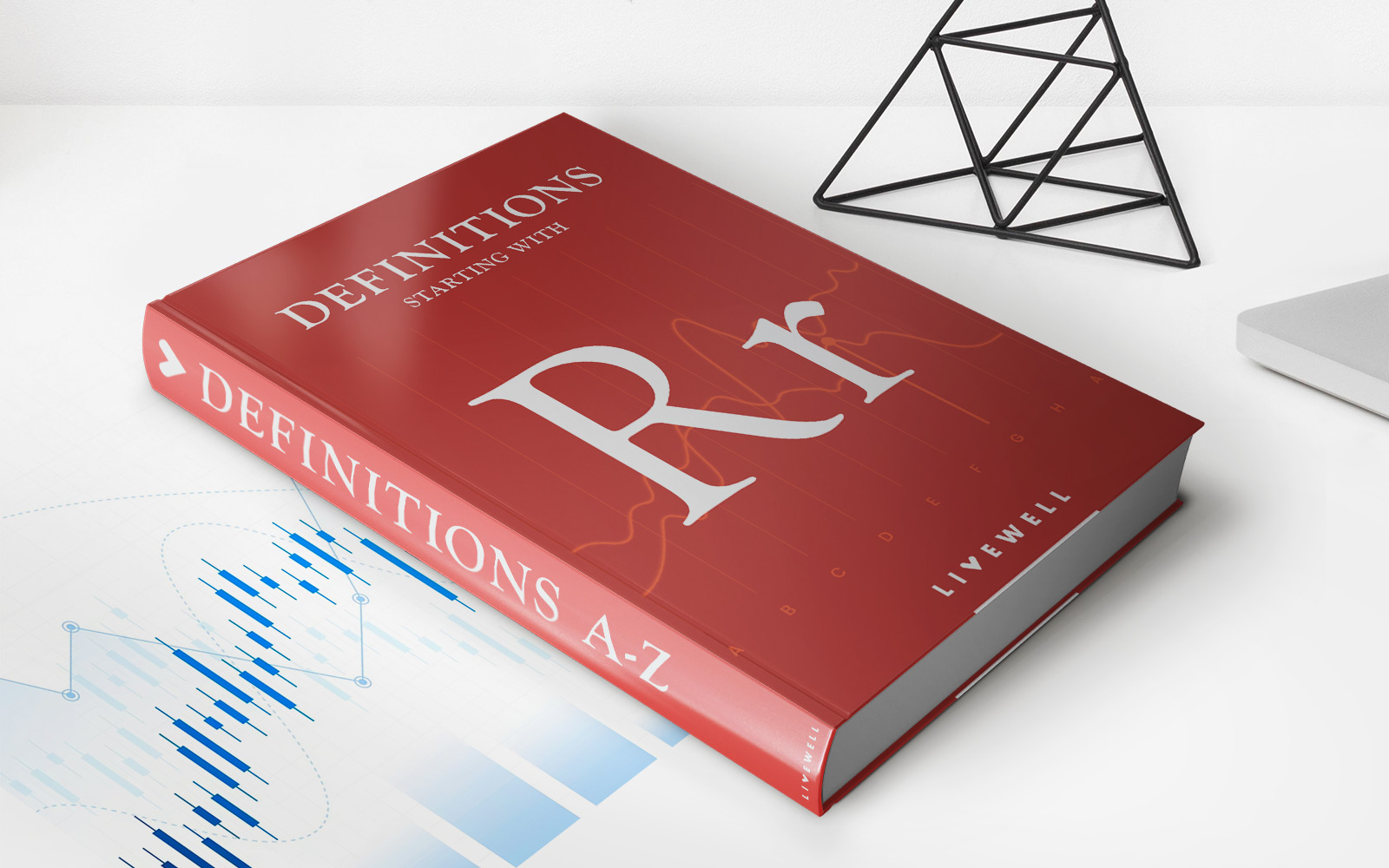Home>Finance>Total Shareholder Return (TSR): Definition And Formula


Finance
Total Shareholder Return (TSR): Definition And Formula
Published: February 9, 2024
Learn about Total Shareholder Return (TSR) in finance. Find out its definition, formula, and how it can measure profitability.
(Many of the links in this article redirect to a specific reviewed product. Your purchase of these products through affiliate links helps to generate commission for LiveWell, at no extra cost. Learn more)
Understanding Total Shareholder Return (TSR): Definition and Formula
When it comes to evaluating the success of a company, there are several financial metrics to consider. One of the most important ones is Total Shareholder Return (TSR). But what exactly is TSR? In this blog post, we will explore the definition and formula of TSR, and why it is an essential metric for evaluating a company’s financial performance.
Key Takeaways:
- Total Shareholder Return (TSR) measures the total return earned by shareholders through a combination of capital appreciation and dividend payments.
- The formula for TSR is: TSR = (Ending Share Price – Beginning Share Price + Dividends) / Beginning Share Price.
Total Shareholder Return is a comprehensive metric that takes into account both capital gains and dividends received by shareholders over a specific period. It provides a holistic view of the return on investment for shareholders, as it considers the increase or decrease in stock price, as well as any cash distributions in the form of dividends.
The formula to calculate TSR is relatively straightforward: TSR = (Ending Share Price – Beginning Share Price + Dividends) / Beginning Share Price. Let’s break it down:
- Ending Share Price: This is the price at which a company’s stock is trading at the end of the period under consideration.
- Beginning Share Price: This is the price at which a company’s stock is trading at the start of the period under consideration.
- Dividends: These are cash distributions made by the company to its shareholders during the period.
By dividing the difference between the ending and beginning share prices, plus any dividends received, by the beginning share price, TSR provides a percentage value that represents the overall return earned by shareholders over the specified period.
TSR is an essential metric for investors and analysts as it helps them gauge the overall performance of a company’s stock. A positive TSR indicates that shareholders have earned a positive return on their investment, while a negative TSR suggests a loss.
Furthermore, TSR allows for easy comparison between different companies and industries, as it provides a standardized measure of performance. For example, if a company’s TSR is higher than its competitors in the same industry, it indicates that the company has generated superior returns for its shareholders.
In conclusion, Total Shareholder Return is a vital metric in the financial world. By considering both capital gains and dividends, TSR provides a comprehensive perspective on the return earned by shareholders. It is a valuable tool for evaluating a company’s performance and comparing it to its competitors in the industry. As an investor or analyst, understanding TSR can help you make informed decisions and assess the long-term potential of a company’s stock.














